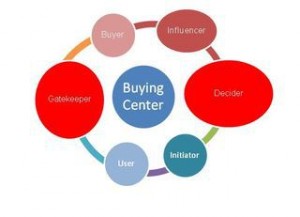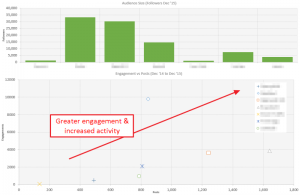“We already have a great culture!”
We’ve had many conversations with organizations and leaders about the pros and cons of using employee engagement surveys and company culture assessments. The standard reply we’ve received from leaders is that their culture is already “great”. This is a worldview held steadfast by leaders because of the “cupcakes”, lunches, and team activities that they hold. One leader told me that they were “in the middle of a cupcake party at the office, which proves that the culture of the organization is a good one”. An argument could easily be made for either side of the opinion, that maybe these types of activities do or possibly don’t help an organization’s culture. But regardless if these activities are signs of a good culture or not, they are simply a form of augmented reality. It’s like each employee putting on a set of augmented reality glasses when they show up to work. What they see is the office, their desk, their coworkers with a slight twist. Maybe the augmented reality glasses show a group of cheering fans when they enter the door or a virtual reality supervisor at their desk saying, “good job”. This is no different than many of the activities that leaders have told us about. The activities behind their worldview of a great culture. Simply put, these activities are a surface treatment, but can convince leadership they have a great culture within their organization. This takes us to the first hidden benefit of employee engagement surveys.
#1 Employee engagement surveys challenge a leader’s worldview.
Imagine that you strongly believe that your sales technique is the best in the industry. Yet, it’s not yielding results. In your research to determine what’s the issue behind the poor sales returns, you find an article that discusses the best approach to sales in your market. This article matches exactly you’re approach, but still no results. This article supports your bias towards that sales approach. Now, with this ammunition behind your sales techniques, you double down. This is often the case when it comes to biases, when we have outside validation we double down. For example, when employees are happy about the Friday lunch events, or Thursday drinks after work, we double down. We assume that these are the type of activities that will keep employees with the organization. Employee engagement surveys provide the chance for leaders to challenge their worldview on what makes their employees happy. Maybe it’s not the fun activities that employees want afterall.
#2 Employee engagement surveys provide the opportunity for leaders to hear from the silent majority.
Business owners and leaders often tell us that their employees would let them know if they wanted something different, new, or fixed. They say that they don’t hear any complaints from employees, “therefore, they must be happy”. If we look at the traditional role of employers and employees, this theory doesn’t fit. Whether you agree or not, the idea that employees should be “happy they have a job” and that the employer “has all the power” has been drilled into society for years. This stereotype of the employer and employee relationship is gradually changing to a two-way relationship. However, it doesn’t go away overnight. This means that traditional conversations with employees won’t get the true feedback needed. Conversations where leaders ask questions like “what can we do better”, “where can I improve as a leader”, or “what can I do to improve your employment experience” aren’t going to get the results you expect. In the back of their mind, employees still have a big flashing sign that says, “you should be lucky you have a job, don’t push it”. Every organization has employees that will speak up and give honest feedback. Additionally, there are great organizations that have created environments where employees feel comfortable providing input, however, what about the silent majority? Employee engagement surveys provide an opportunity to hear about the concerns and ideas from the silent majority.
#3 Employee engagement surveys provide the opportunity for business recognition.
While it may be the vainest of the three hidden benefits, it’s an important one. An organization that can be recognized publicly for a great culture could bring in more clients. External recognition is a key strategy in marketing social proof. Social proof helps attract customers, employees and other industry recognition. Many top employer lists require third party surveys to be conducted, to be considered on their list. Meanwhile, survey results can be used to support industry award nominations and various local Chamber of Commerce awards.
The obvious benefits of employee engagement surveys.
Using engagement surveys to pinpoint opportunities and strategies to improve employee engagement also improves employee productivity. Employees that have increased engagement are more productive. An employee’s perspective matters when it comes to their motivation. If an employee views their role or organization as a dead end, their motivation drops, impacting the organization. Understanding how a team works, plays and communicates together is critical to a great culture. Overall, the organizational glue and strategic emphases, that is identified in an engagement and culture assessment, ensures an organization is meeting its goals. This all builds up to an employer’s brand and the attraction of talent. When considering an employee engagement survey or company culture assessment, consider these obvious benefits and the not so obvious benefits mentioned in this blog.
Business & Finance Articles on Business 2 Community(44)
Report Post





